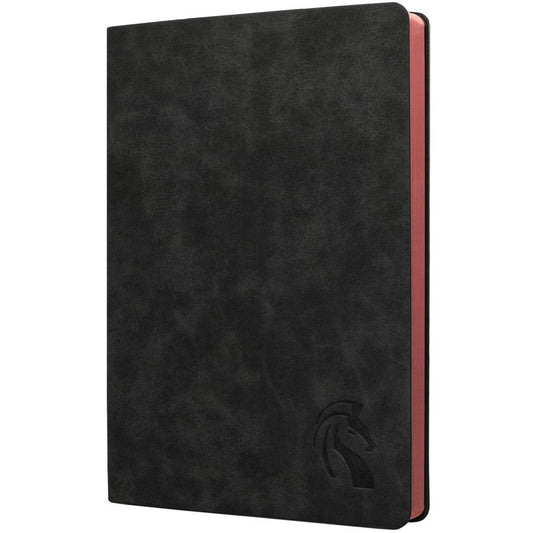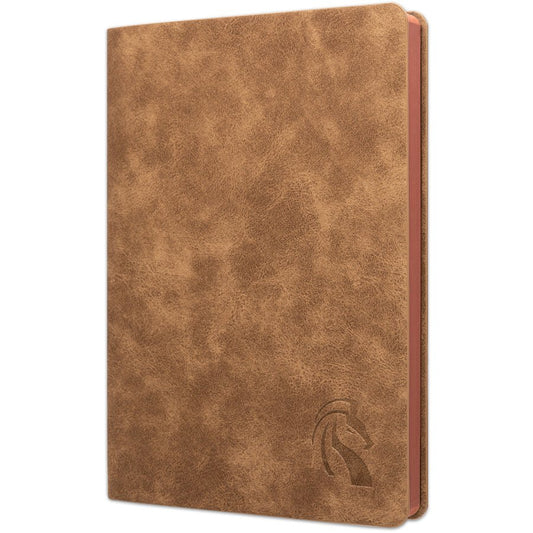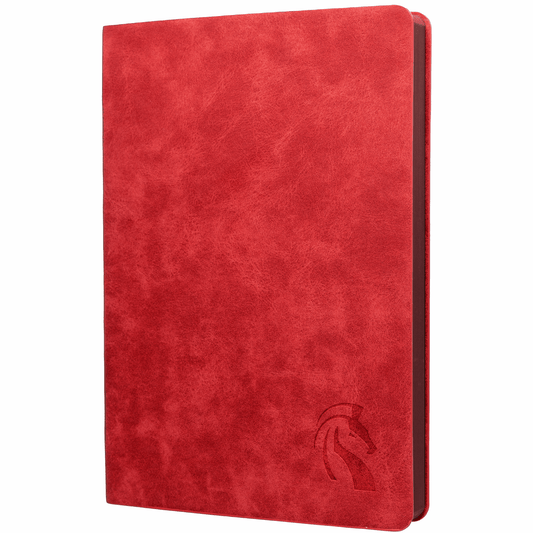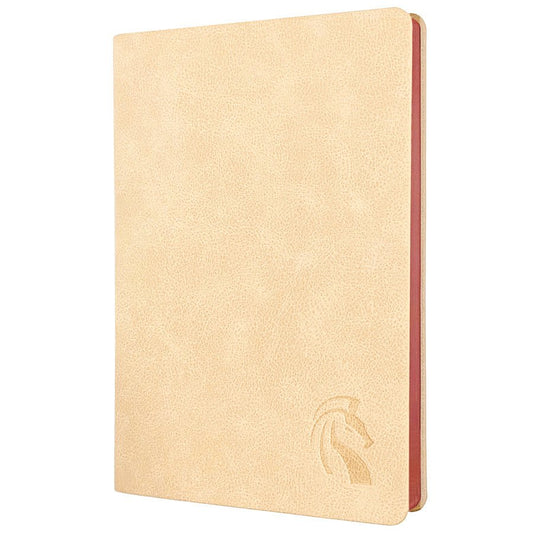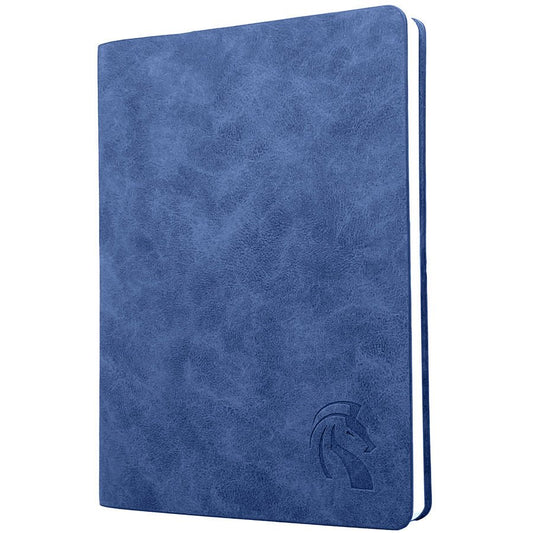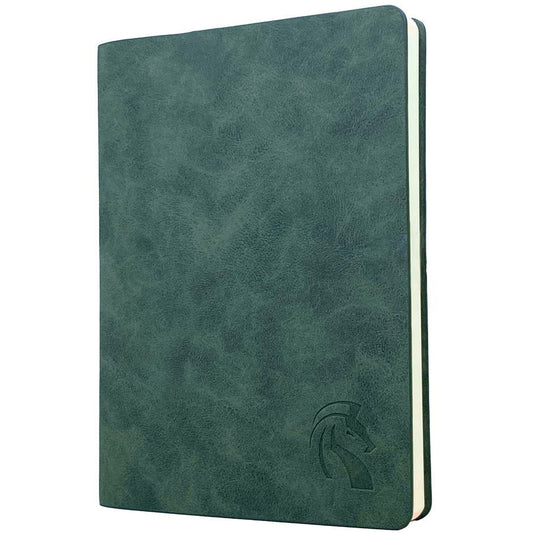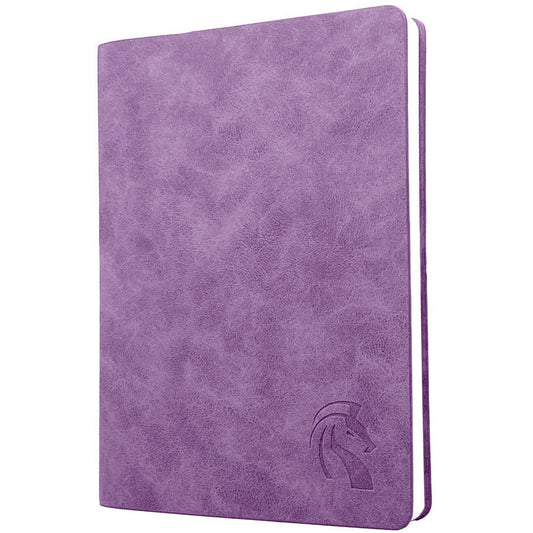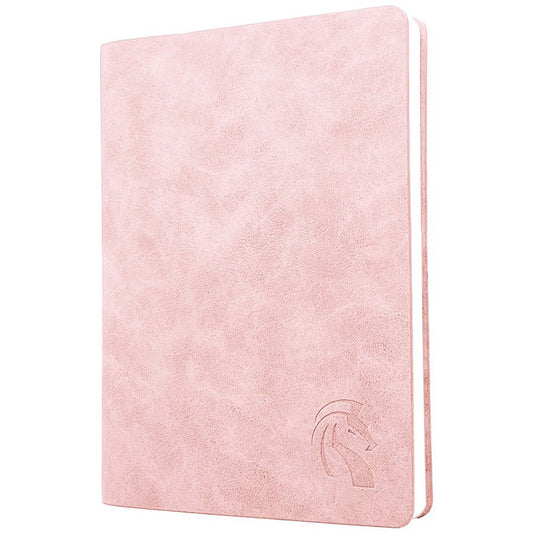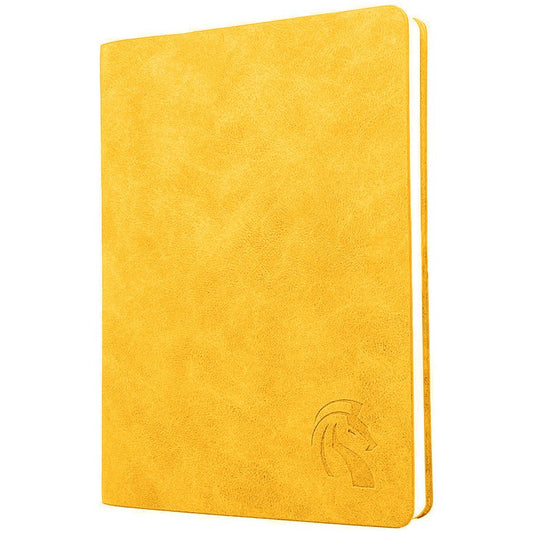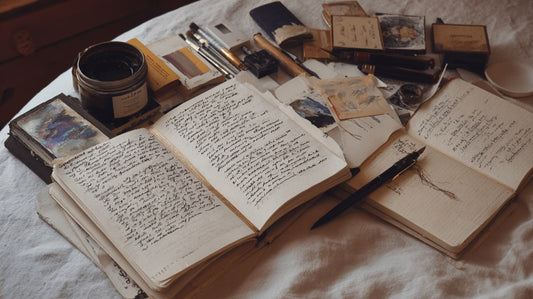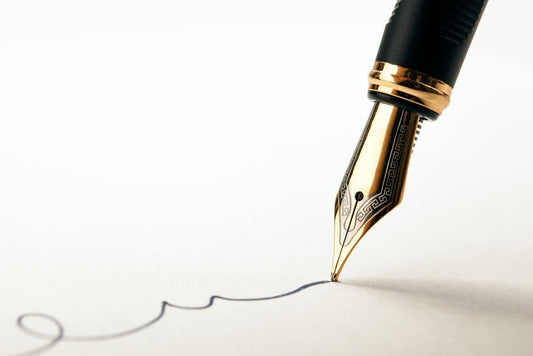
It is only fitting that a decent fountain pen of great quality receives a certain amount of care and attention, one component of which is cleaning. We have compiled a step-by-step instruction on how to clean every component of your fountain pen, including how to dry it correctly and what cleaning supplies to use. There are a few things that, if done, may cause harm to your pen; thus, it is imperative that you carefully adhere to our specialized instructions in order to keep your pen in pristine shape.
When was the last time you gave your fountain pen a good cleaning?
It is essential to give your fountain pen a thorough cleaning on a regular basis in order to maintain a reliable and smooth flow of ink. Every two to three weeks, or sooner if you use your pen more often and need to replace the ink more frequently, you should clean your fountain pen. If you use your pen more frequently, you should clean it more frequently. In general, the rule of thumb is that you should clean your fountain pen whenever you change your ink, particularly if you plan on using a different color of ink, and you should also clean it if you don't plan on using your pen for a while.
What country makes the best fountain pens?
Additionally, you should clean your pen if you don't plan on using it for a while. It is essential to clean your pen well before putting it away for storage in order to prevent the ink from drying out.
How to Take Care of Your Prismatic Pen
You will find a detailed, step-by-step tutorial on how to clean the different components of your fountain pen, such as the pen converter and the nib, further down on this page.
What You Should Use To Clean Your Pen
It should not be too difficult to clean your pen; all you will need is some water and kitchen roll. However, there are certain things that you should be aware of about what you should not use to clean your pen. It is not suggested to use warm water on your fountain pen nib since doing so might cause internal components to get damaged. The water from the faucet works well for cleaning pens and doesn't typically create too many problems, but water with a high mineral content might disrupt the flow of the ink, which can cause the ink to dry out more quickly than you would want. If your fountain pen is really clogged up with ink and you need something other than water to shift it, you could add a teaspoon of household ammonia or vinegar to the water when soaking the nib and this will work just as well as purchasing a cleaning solution designed specifically for fountain pens. However, you can purchase cleaning solutions designed specifically for fountain pens. Ammonia, on the other hand, has the potential to corrode some metals; thus, it is not suggested that you use this product if your pen is composed of brass, aluminum, or copper.

We suggest using soft kitchen roll or a towel for the drying process of your fountain pen. The nib is more easily scratched by kitchen roll as opposed to paper towels. Glass cleaning cloths are an excellent tool to use while polishing your fountain pen.
How to Maintain and Clean the Nib of Your Fountain Pen
1. Disassemble your fountain pen.
How thoroughly you accomplish this will be determined on the kind of pen you have available to you. When you unscrew the nib part of the fountain pen from the barrel of the pen, you should be left with the nib, the feed, and the nib collar all in one piece. It is possible to remove some pen nibs from the feed, and it is also possible to remove certain nib collars. You do not need to take them apart in order to clean the nib; you may clean it in its whole. In the event that you make the decision to separate the nib from the feed, the vast majority of them may be separated by just tugging them apart. Before you do this, double check that the nib of your pen can be removed. You don't want to damage your pen, particularly considering that you can give it a thorough cleaning without taking it apart. You may also want to check to see whether the warranty offered by the manufacturer is affected in any way by the fact that these components are being sold separately.
2. Take the ink cartridge out of the pen.
In the event that the ink in your fountain pen has run dry, you may simply dispose of the ink cartridge. However, if your ink cartridge is still somewhat full, you may prevent it from drying out while it is not being used by standing the cartridge upright and applying a small piece of tape to the end.
3. Turn on the water and give the nib area a quick washing for a few seconds;
doing so will make it simple to get rid of any extra ink. When cleaning your fountain pen, however, remember not to use hot water since it might potentially change or damage the nib on the interior of the pen.
4. After giving your nib a quick rinse, fill a small cup or glass with water and set it aside to soak for a few minutes.
In order to fully clean the nib area, check that the water level is high enough so that it totally submerges it. If you just have access to tap water, you can get by just fine, although filtered water is highly recommended. It is suggested that you drink filtered water rather than tap water since the minerals in tap water might clog your air intake.

5. After around 15 minutes, remove the nib from the water and dry it off.
After draining the water from the glass, fill it once again with fresh, pure water. Repeat the process of inserting your nib into the water until there is no cloudiness in the liquid.
6. After you have cleaned your nib, use some kitchen roll or a little piece of soft cloth to pat it dry.
After that, you should let the pen sit out to dry for a few hours.
7. Reassemble the pen when it has had time to dry, and then either put it away or use it.
Taking Care of Your Fountain Pen: Cleaning the Converter and Flushing It
If you use a converter for your fountain pen, you will need to clean your pen more thoroughly than if you don't.
Following the standard procedure, disassemble your pen, being sure to set aside the nib. At some point in the process, you will need to rinse the nib just as you did before.
After filling a glass with water, insert the open converter inside the glass and wait for the ink to be drawn out. When it is finished being cleaned, connect it to the nib, and then clean both of them very well together.
Fill up a second glass with filtered water.
Use water that is either cold or at room temperature, and keep in mind that filtered water is preferred. Turning the converter in this manner allows it to draw water from the container, much as you would do when you refilled your pen with ink. Keep going back and forth between these two states until the pen is spotless. In the event that the water becomes a different color due to the presence of ink residue, rinse out the glass and fill it with new water. When there is no more ink visible in the water, you will know that it is time to dry it. You should not reassemble your pen until it has had the time to properly dry out.

You may also try cleaning your pen using an empty cartridge if you want to remove any ink from the nib of your fountain pen. This approach is available to you if you want to clean your pen. You will need to visit the pharmacy in your area to get a syringe and then attach a sterile and empty cartridge to the end of it. When the cap of the syringe is depressed, any extra ink will be drawn out of the syringe. The nib will still need to be rinsed and soaked if you use the procedure described above to clean the pen, but it might make the cleaning process go more quickly.
A Guide to Cleaning and Drying Your Fountain Pen
The ink in your fountain pen may not be completely dry until after quite some time has passed. It is recommended that you wait twenty-four hours before using it, however depending on the sort of pen you have, you may be allowed to start using it after just twelve hours has passed. Once you have a tiny glass or cup that is spotless, empty, and clean, place a piece of folded kitchen roll into the bottom of the container. Make sure that your kitchen roll has at least two layers when you are finished, then fold it so that it fits around the base of the cup. Place your nib on top of the tissue so that it is facing the opposite direction from how it would be if you were writing. Then, let it rest on the cup so that it stays in this position. Just leave it to dry here. If the kitchen roll has been wet for any time, you should probably replace it after some time has passed.

LeStallion PU Leather Journals
LeStallion Soft Cover PU Leather Journals inspires and excites you to write more, allow you to further grow and develop, so you may achieve your goals and dreams!
SHOP LESTALLION
